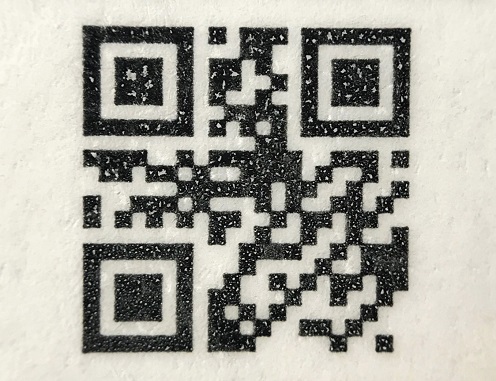
The chemical fingerprint is made from transparent ink containing microparticles which is sprayed onto a barcode or other type of label. The particles are distributed in a random way similar to how sand would land when thrown, and forms a unique pattern of tiny white dots. The details associated with each product that has been printed with a fingerprint can be added to a database as it leaves the factory so that when they are read by an app on a smartphone, the person will know that the item is the genuine article and not faked. Consumers can then check the product’s authenticity by taking a picture of the label with a smartphone app, which then checks the fingerprint is in an online database. “You can put it on a wine bottle, a gold watch, a painting — whatever. The label needn’t be larger than a comma. And it is impossible to copy because the probability that two items share the same fingerprint is nil,” says UCPH researcher and associate professor Thomas Just Sørensen, who along with fellow researcher Riikka Arppe-Tabbara has developed the anti-counterfeiting system that they describe as “the world’s safest”.







